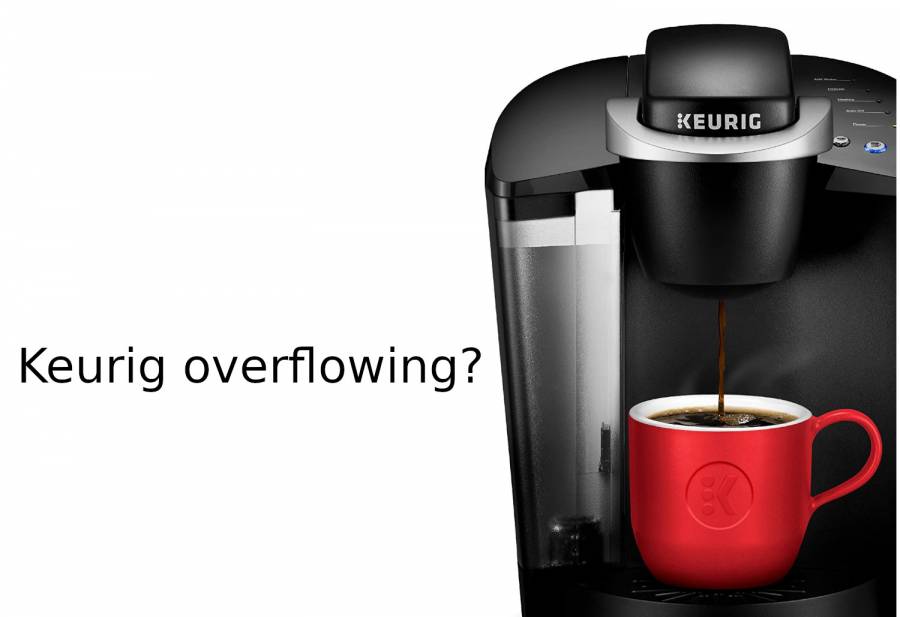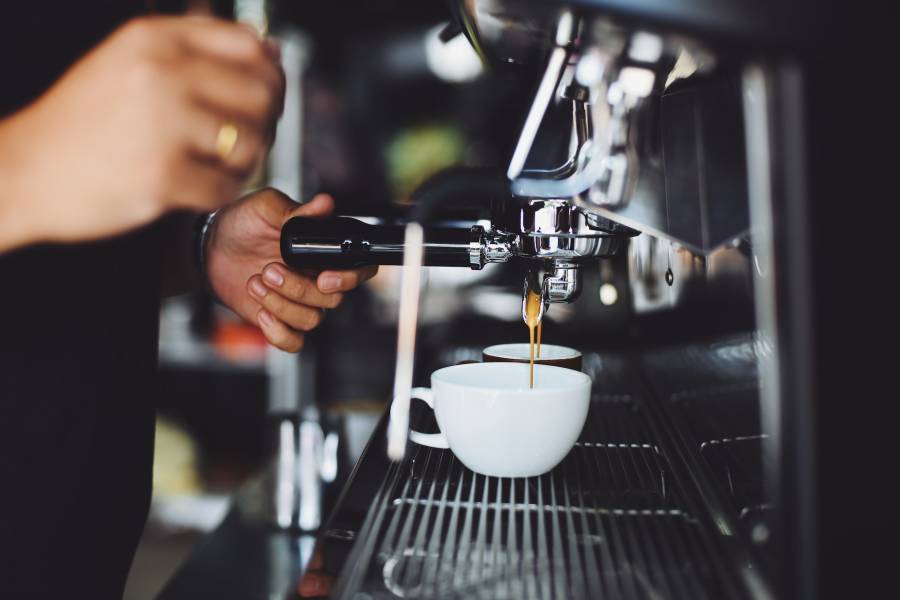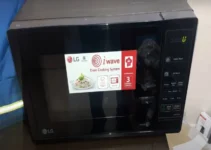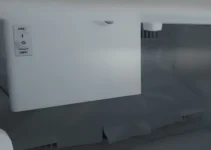To some people, a cup of coffee is more important than anything in the universe. They get headaches, feel tired, and have a less productive day, simply because they didn’t get their daily coffee dose.

It could be due to a coffee machine breakdown or Keurig overflows.
Minor problems with your coffee machine can be stressful because these machines are expensive to buy and repair.
Besides, you cannot imagine going for another two or three days without coffee, yet you have too much work on your desk. However, don’t worry because you can troubleshoot some Keurig problems.
In this article, we will mention the reasons your Keurig overflows and the possible solutions. Take a look.
What Causes Keurig To Overflow?
Keurig overflows if the machine continues pumping water after brewing coffee.
The device will not stop pumping water if the reservoir is not aligned correctly, the Keurig is clogged, or the water reservoir is overfilled.
Luckily, these problems won’t cost you repairs because you can troubleshoot them. However, if you doubt your skills, hire an expert.
Here is more detailed information on why your Keurig overflows.
Failure To Align The Water Reservoir Properly
Poorly aligning the water reservoir causes overflow problems to your Keurig. The magnets in the water reservoir and coffee maker must align in a certain way for the machine to work correctly.
If the alignment is disturbed, the Keurig could overflow.
Overflows also happen when the water reservoir gets overfilled. The coffee brewer dispenses too much water, overfilling the reservoir.
A sign of a filled reservoir is if the coffee maker is pumping out more water than required.
Solution
A misplaced water reservoir can cause a mess in your kitchen. When the water overflows, it pours on the floor, causing damage to wood tiles.
Water on the floor is also dangerous if you have electronics in the kitchen because it causes electric shocks.
If your Keurig overflows due to improper positioning of the water reservoir, you can correct the problem. Remove the water reservoir from the machine and realign the internal magnets inside.
Ensure the magnets inside the reservoir are correctly attached to those inside the Keurig before fixing the tank. Also, check if the magnets on both sides of the tank are allied properly.
While troubleshooting a misaligned water reservoir seems easy, it can be challenging for some Keurig owners. If you are unsure about your skills, hire a skilled coffee machine expert.
They will align the magnets to ensure your device works perfectly.
There Is Clogging
Clogging in a coffee machine can be the reason your Keurig overflows. It could be due to calcium buildup or accumulated coffee grounds on the needle.
Other clogs are caused by failure to use your machine for a long time and exposing it to dust.
Calcium buildup in your Keurig machine hinders its performance and can cause an overflow. It could also affect the taste and quality of the coffee, which is annoying to coffee lovers.
Water does not flow freely when the minerals build up in the tubes. When it fills the reservoir, you will experience an overflow.
Accumulated coffee grounds on the puncture needle and dust particles cause Keurig overflows. They reduce the water flow speed through the K-cups, meaning there is more water retention in the reservoir.
Solution
It would help if you cleaned the coffee machine to make it work correctly. When cleaning the puncture needle, open the lid of the Keurig to see the needle.
Use a safety pin or another sharp object to scrape the stuck ground coffee on the puncture needle.
If you cannot remove the stuck ground coffee using the needle, soak it in warm water. The warm water softens the coffee, and you will quickly remove the stuck particles.
When using a safety pin to scrape out the coffee grounds, ensure there is good lighting to avoid injuries.

If there is calcium buildup in the machine, use a descaling solution or white vinegar to scrub it. This step-by-step guide will help you.
- Before starting the process, unplug the coffee maker to avoid electric shocks.
- Disassemble the removable parts like the water reservoir, lid, and K-cup holder. Dip the removed parts in warm or hot and soapy water.
- To remove the calcium scale, use the descaling solution or white distilled vinegar. Fill the reservoir with the solution until halfway and add water to fill it. Start a brewing cycle until the tank is empty, but don’t insert the K-cup.
- Rinse the machine by repeating the brewing cycle with clean water. Install the removed parts and start brewing your coffee.
Expired Charcoal Water Filter Cartridges
Using hard water in the machine could cause clogging and rusting in the water filter cartridges.
Continued use of clogged and damaged water filters causes water overflows in your Keurig, leading to worse problems like mold growth in your home.
Solution
Inspect your water filters every 2-3 months to see if there is a clog. Keurig manufacturers advise machine owners to change the filters after three months of usage.
You can also run a brew test to see if the machine is functioning correctly and determine if you need to change the filters.
If the brew test does not work, it is a sign that your old charcoal water filter cartridges are not working correctly. You can replace it or hire an expert to return it for you.
The Machine Has A Problem
The last thing a coffee lover wants is their coffee machine not working correctly.
Although you would do anything in your power to make your Keurig last forever, it suffers some mechanical problems, just like the other electronics.
Is the machine’s water reservoir well aligned, and is the water filters functioning correctly? And did you clean all the mineral clogs on your Keurig?
If you ticked all these boxes, but your Keurig overflows, the problem could be the machine.
Solution
Your first thought is probably the amount of money you’ll spend on repairs. But don’t get there yet.
First, let the machine rest for some time. Then, please turn it off and unplug it from the main socket.
Let your Keurig rest for 10-15 minutes and plug it back. Unplugging the machine resets it, and it can return to normal.
Although this troubleshooting works for most Keurig owners, it might fail.
If switching off your Keurig did not work, don’t call the manufacturer yet before trying this last remedy. Unplug the device from the main power source, and disconnect the water reservoir.
Turn the machine upside down and tap the bottom while shaking the device. Ensure you are gentle when tapping your brewer not to cause worse damage.
As silly as this remedy sounds, it has worked for some Keurig owners. Turn your machine to its normal position and plug it in.
If this does not solve the problem, you can now call an expert or the manufacturer for advice.
Final Words
Keurig brewing machine makes coffee brewing easy and convenient for coffee lovers.
However, the device can start overflowing because the water reservoir is not correctly aligned, clogging caused by mineral buildup and dirty water filters.
Luckily, these are easy-to-fix problems that won’t cost you an arm and a leg.



